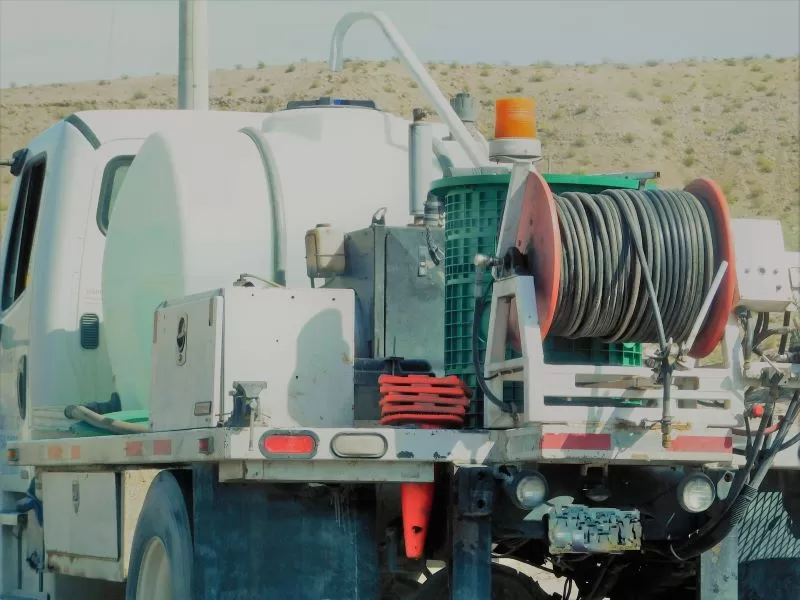When it comes to purchasing a superior water cart, there are several factors you need to consider to get the best value for your investment. Water carts are essential assets in numerous industries such as agriculture, construction, and firefighting, providing necessary water transportation and distribution solutions. Here’s a detailed guide on the key factors to consider when buying a water cart.
1. Capacity and Size
The first thing to consider is the capacity and size of the water cart. Depending on your specific needs, you’ll have to choose a cart that can hold the appropriate volume of water. For example, a small construction site may not require as large a tank as an agricultural farm. The capacity typically ranges from a few hundred to several thousand liters. Make sure to evaluate your daily water usage and choose a size accordingly.
Capacity Calculation
To determine the right capacity:
– Identify Daily Water Needs: Calculate the total water usage per day.
– Consider Refill Frequency: How often can you refill the tank?
– Account for Emergencies: Have extra capacity for unforeseen needs.
2. Build Material
The material of the water cart is crucial for its durability and longevity. Most water carts are constructed from either steel or polyethylene.
– Steel: Offers higher durability and is suitable for rugged terrains.
– Polyethylene: Lightweight, corrosion-resistant, and typically less expensive.
Evaluate the nature of the tasks and the terrains where the water cart will be used to make an informed decision on the build material.
3. Pump System
An efficient pump system is vital for the effective distribution of water. The pump system determines the flow rate and pressure, impacting how quickly and efficiently you can complete tasks.
– Centrifugal Pumps: Ideal for high flow rates and general use.
– Diaphragm Pumps: Better for precise and high-pressure applications.
Make sure the pump system matches your operational requirements.
4. Transportation Method
Consider how the water cart will be transported. This factor directly influences the design and structure of the cart you need. Options include:
– Towable Carts: These can be hitched to trucks or tractors and are suitable for mobile use.
– Mounted Carts: These are fixed on the vehicle and offer a higher level of integration with the transport system.
Choose a method that aligns with your logistics and operational needs.
Transportation Assessment
For an accurate transportation method assessment:
– Examine Terrain: Make sure the transportation method suits the primary operating environment.
– Check Vehicle Compatibility: Verify that your existing fleet can accommodate the water cart.
5. Compliance and Regulations
When purchasing a water cart, check if it complies with local regulations and industry standards. This is particularly important for sectors like firefighting and agriculture, where safety and operational standards are stringent.
– Local Regulations: Check with local authorities for compliance requirements.
– Industry Standards: Look for certifications from recognized bodies.
Non-compliance can lead to legal issues and hinder operations.
6. Maintenance and Service
Regular maintenance ensures the longevity and reliability of your water cart. Consider the following aspects:
– Service Availability: Check if there are service centers and technicians available locally.
– Ease of Maintenance: Choose models with easily replaceable parts and straightforward maintenance procedures.
Proactive maintenance can prevent costly repairs and downtime.
7. Cost and Budget
Budget is always a crucial factor. While it may be tempting to go for the cheapest option, it’s essential to consider the overall value rather than just the initial purchase price.
– Initial Purchase Price: Compare prices from different suppliers.
– Operational Costs: Consider fuel and maintenance costs.
– Return on Investment (ROI): Evaluate long-term benefits and savings.
Make sure to balance the cost with the features and benefits provided.
8. Brand Reputation and Reviews
Finally, consider the reputation of the brand and reviews from other users. A good brand reputation often correlates with quality and reliability.
– Research Brands: Look for brands known for durable and efficient water carts.
– User Reviews: Check customer feedback and reviews for real-world insights.
Acquiring a water cart from a reputable brand can reduce the risk of encountering significant issues down the line.
Conclusion
In summary, purchasing a quality water cart involves evaluating various factors to ensure it meets your specific needs and provides reliable service. A well-chosen water cart will enhance your operational efficiency and contribute to the smooth running of your activities.

